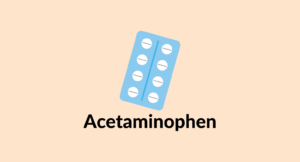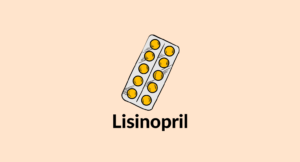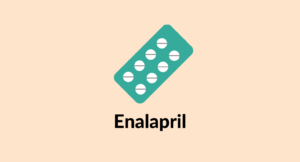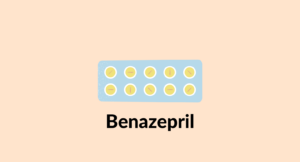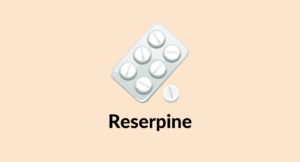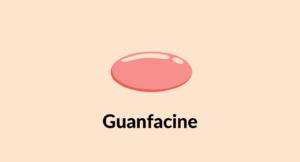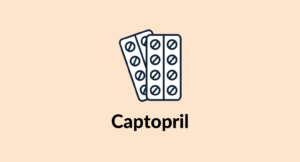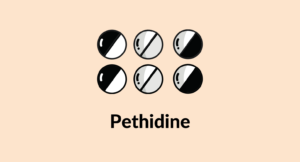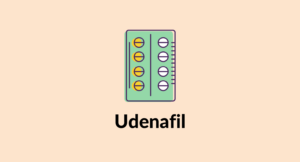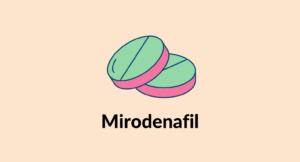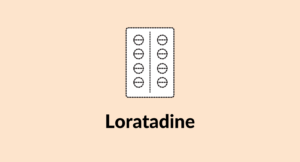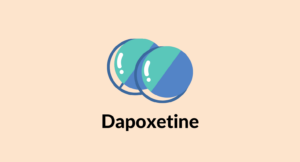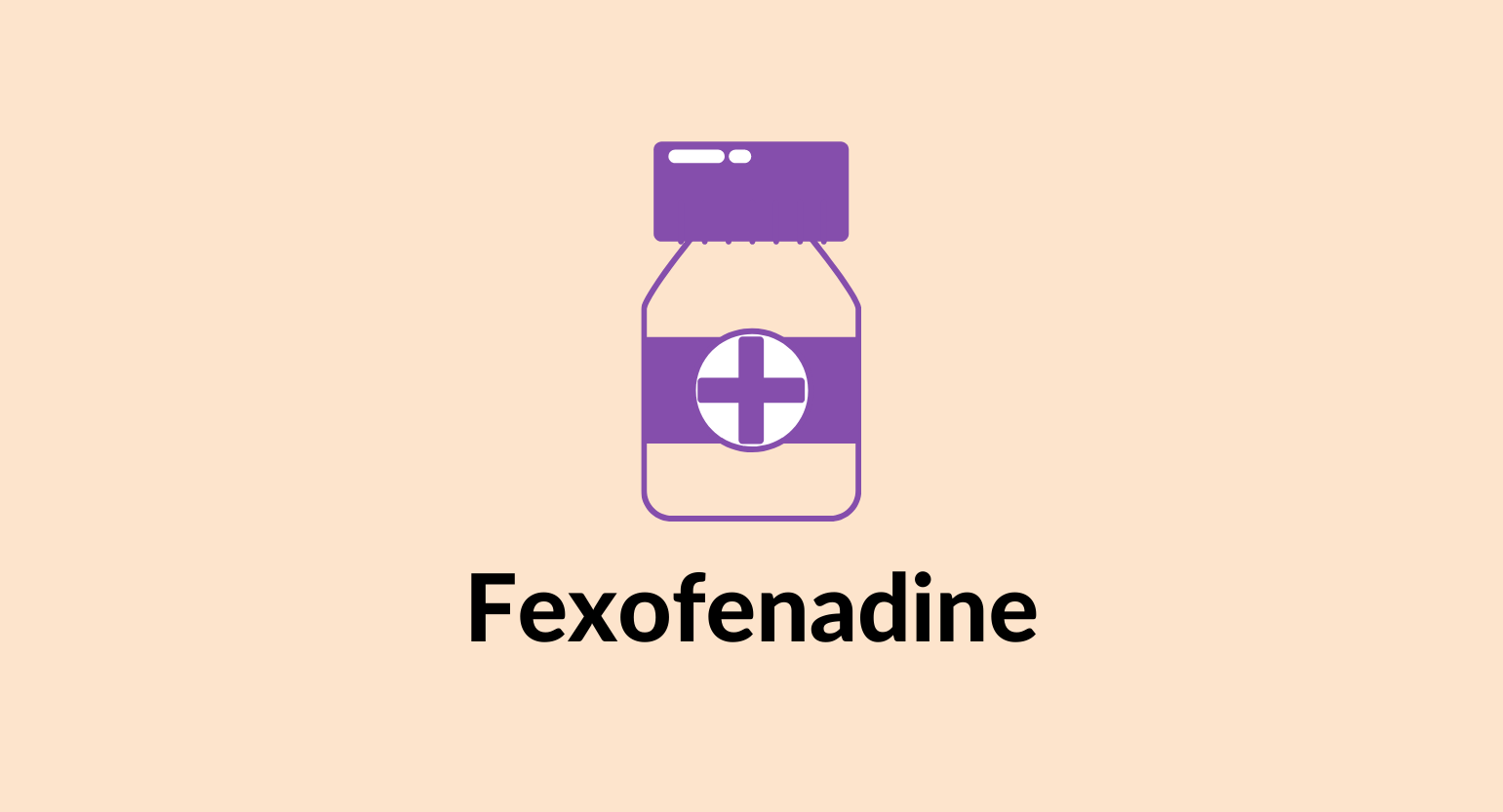
Does CBD Interact With Fexofenadine (Allegra)?
Cannabidiol (CBD), a cannabinoid, may increase the side effects of antihistamine drugs like fexofenadine (Allegra) — here’s what you should know.
Fexofenadine is a second-generation antihistamine drug.
The level of risk for this interaction is considered low. This is an entirely different story for first-generation antihistamines, which should never be used alongside CBD or other cannabinoids.
Here’s everything you need to know about using CBD and Allegra (fexofenadine).
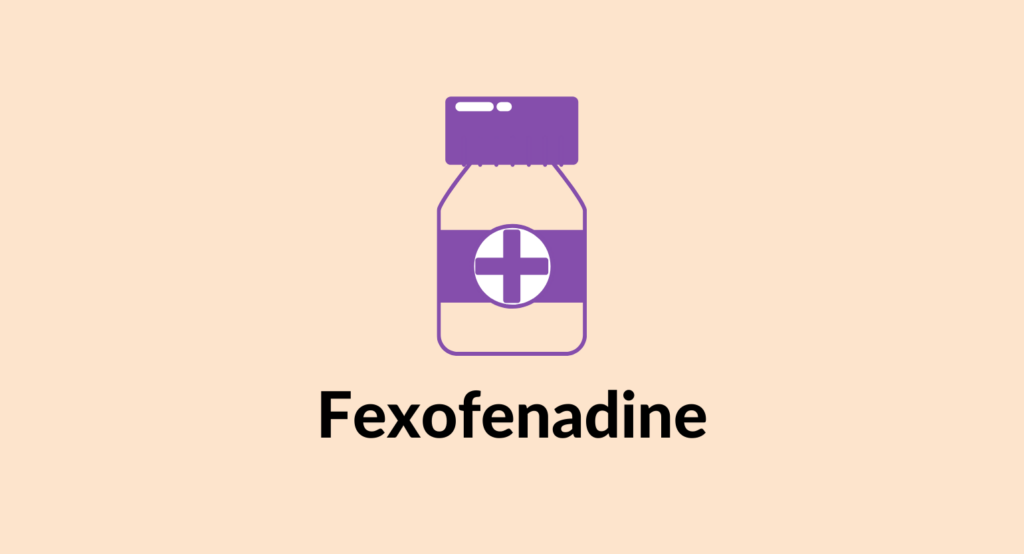
CBD and Allegra (fexofenadine) are unlikely to interact. However, caution is advised.
Avoid this combination if CBD or Allegra make you feel drowsy or dizzy or if you’re prone to headaches.
Does CBD Interact With Fexofenadine (Allegra)?
Yes. CBD can interact with Fexofenadine (Allegra).
CBD can act agonistically with fexofenadine. It can increase some of its effects, such as drowsiness and mental confusion. It may also cause the drug to stay longer in the body, causing some more side effects.
CBD can interact with fexofenadine in two ways:
A) Increase in the Effects (Agonistic Interaction)
An agonistic interaction occurs when two substances exert similar effects on the body. They may work on similar or different receptors but can cause the effects in the same direction.
CBD can act as an agonist to fexofenadine. It can increase some of its effects to more than normal levels. Though they both act on different receptors.
CBD acts on the endocannabinoids and serotonergic system. It can cause a sensation of relaxation and even induce sleep. Fexofenadine acts on the H1 histamine receptors. Though it is classified as a non-sedative antihistamine, some users find it makes them sleepy. CBD may increase fexofenadine’s side effects like increased drowsiness, lethargy, fatigue, mental confusion, etc.
B) Decreased Elimination (Metabolic Competition)
Metabolic competition means competing for the same enzymes. It occurs when two substances need the same enzymes for metabolism, causing one or both of them to get a slowed metabolism. The result may be a slowed-down elimination of these drugs in the body.
Fexofenadine gets metabolized by CYP3A4. This same enzyme metabolizes CBD too. So basically, CBD should cause a slowdown in the metabolism of fexofenadine. However, only about 5% of fexofenadine is metabolized by the liver, while the rest are excreted out. So the chances of CBD causing an excess accumulation of fexofenadine in the body is very little but possible.

Similar Medications: CBD and Antihistamines
Fexofenadine is classified as a selective peripheral H1 blocker of antihistamines. CBD and antihistamines all share similar risks for interaction and side effects. It is used for treating allergic reactions.
Medications That Share Similar Risk When Combined With CBD Include:
- Carbinoxamine (Palgic)
- Desloratadine (Clarinex)
- Hydroxyzine (Atarax & Vistaril)
- Levocetirizine (Xyzal)
- Brompheniramine (Dimetane)
- Cetirizine (Zyrtec)
- Chlorpheniramine (Chlor-Trimeton)
- Clemastine (Tavist)
- Diphenhydramine (Benadryl)
- Loratadine (Alavert & Claritin)
Is It Safe to Take CBD and Fexofenadine (Allegra) Together?
There is a moderate risk in taking CBD and fexofenadine together. So it may be possible to avoid serious side effects by taking only a small amount of both drugs. However, the side effects may worsen with consistent use of both the drugs together over a long time.
CBD may increase fexofenadine’s effects, causing it to accumulate more in the body. So take these two medications only under medical supervision. Always take caution when using these two drugs together.
Always talk to your prescribing physician before you start taking fexofenadine and CBD together, and never take them by your own accord. Take only as directed, and do not overdose. If you encounter any unusual side effects, contact your medical practitioner immediately.
Is CBD A Viable Alternative to Fexofenadine (Allegra)?
CBD is not a viable alternative to fexofenadine.
CBD, being a cannabinoid that acts on the endocannabinoid receptors, may not have much effect on reducing symptoms of allergies, the same as antihistamines. However, it does have some uses.
CBD has anti-inflammatory properties [1]. It can help to reduce the symptoms of inflammations that can result from an allergic reaction.
CBD can provide symptomatic relief and decrease inflammatory symptoms in asthma [2]. It decreased the inflammatory and remodeling processes in allergic asthma by mediating the signaling of the cannabinoid receptors CB1 and CB2.
Hence, while CBD cannot be used to treat allergies directly, it can help treat some of the symptoms that result from it. So it may be used as an adjunct to the preexisting anti-allergy treatment.
What is Fexofenadine (Allegra)?
Fexofenadine, commonly sold as Allegra, is a second-generation antihistamine drug. It’s a selective peripheral H1 blocker used in the treatment of allergies. It does not directly cure but rather reduces the severity and alleviates common symptoms.
It is an FDA-approved drug available over the counter at local pharmacies.
Fexofenadine (Allegra) Specs:

| Drug Name | Fexofenadine |
| Trade Name | Allegra, Afexdine, Airway-FX, Alafex, Alernex, Feza, Fexod, Fexodin, Fexofast, Fexolar, Fexomed, Fexowin |
| Classification | Antihistaminic |
| CYP Metabolism | CYP3A4 |
| Interaction With CBD | Agonistic, Metabolic competition |
| Risk of Interaction | Moderate |
Other Names For Fexofenadine
Fexofenadine is sold under many different names. All share the same risk and potential interactions.
Other names for Fexofenadine include:
- Afexdine
- Airway-FX
- Alafex
- Alernex
- Fexod
- Fexodin
- Fexofast
- Fexolar
- Fexomed
- Fexowin
- Feza
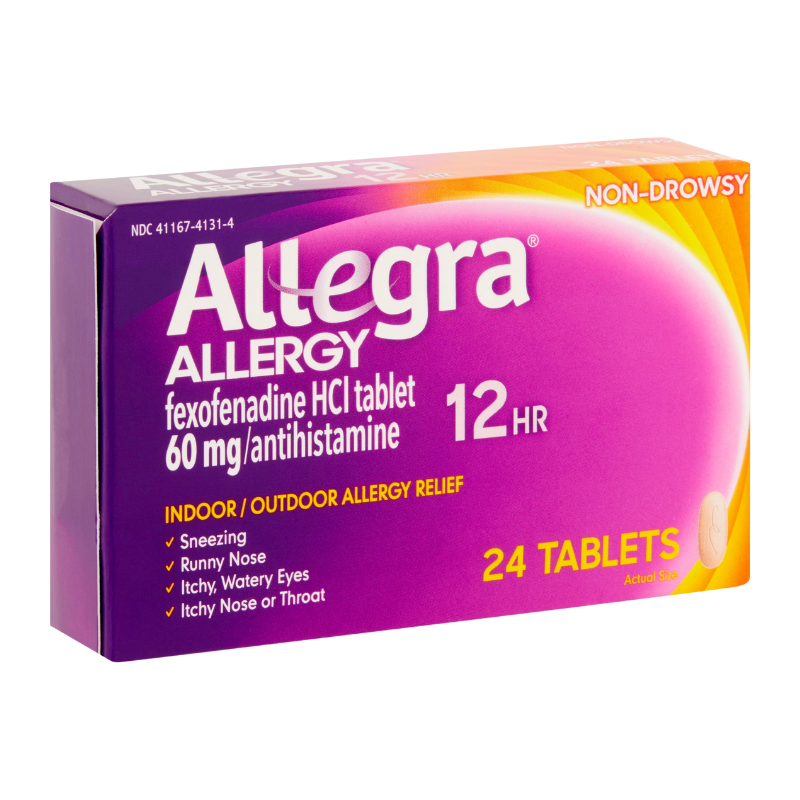
What Does Fexofenadine (Allegra) Do?
Fexofenadine is a second-generation antihistamine used in the treatment of various allergic symptoms It is highly selective for the H1 receptor and has no effects on non-targeted areas. It does not cross the blood-brain barrier, unlike first-generation antihistamines like diphenhydramine. Because of this, there are few chances of sedation due to this drug.
Fexofenadine works by relieving symptoms caused by an allergic reaction. It prevents the aggravation of the allergies and stops them from becoming severe. It does this by antagonizing the actions of histamine, a substance made in the body which is responsible for allergic reactions.
The H1 histamine receptor in the body mediates hypersensitivity and allergic reactions. Any exposure to allergens like pollen and others can cause the degranulation of mast cells and basophils. This causes the release of inflammatory mediators like histamine. Histamine binds to H1 receptors, activating it, which induces the release of pro-inflammatory cytokines such as interleukins from basophils and mast cells.
The effect of histamine binding to such receptors is that it causes different allergic symptoms. This includes itching, runny nose, watering eyes, etc.
Fexofenadine is an inverse agonist to the H1 receptor. It can bind to and stabilize the inactive form of the receptor. This action prevents the activation of those receptors, thus avoiding the formation of any possible effects.
Fexofenadine has a selective affinity for H1 receptors. It has no antidopaminergic, antiserotonergic, anticholinergic, or adrenergic blocking activity. It has a low chance of causing sedation. However, it may cause drowsiness in some users.
Fexofenadine has a long duration of action, almost 24 hours. It has an onset of 1 to 3 hours after intake; however, this may be affected by the dosage form and the presence of certain foods.
It is not addictive and does not cause dependence. Fexofenadine should be used in pregnancy only if the benefits outweigh the risks. It must be used with caution in case of breastfeeding. It is contraindicated to be used along with grapefruit as it can reduce the plasma concentration of this drug.
Side Effects of Fexofenadine (Allegra)
Fexofenadine may cause a number of adverse effects [3]. Consult your doctor if you experience any of the following symptoms:
- Back pain
- Cough
- Diarrhea
- Dizziness
- Headache
- Hypersensitivity reactions
- Rhinorrhea
- Sleep disorders (insomnia)
- Somnolence
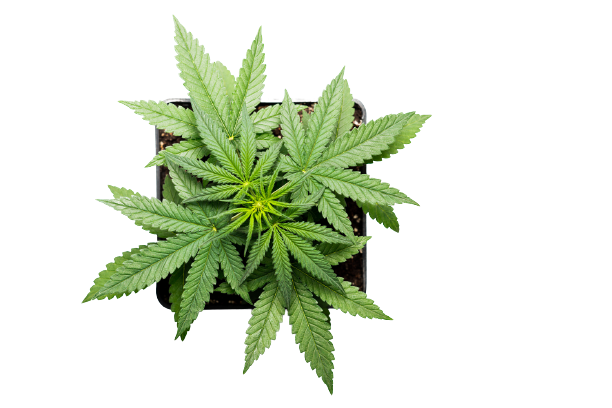
Key Takeaways: Is it Safe to Take Fexofenadine (Allegra) With CBD?
CBD and Allegra have a low to moderate risk of interacting together. The most concerning side effect are severe drowsiness; however, second-generation antihistamines like Allegra generally have a low risk of resulting in serious adverse effects.
Taking doses outside the recommended dosage range for either substance increases the chances and severity of serious side effects.
References
- Burstein, S. (2015). Cannabidiol (CBD) and its analogs: a review of their effects on inflammation. Bioorganic & medicinal chemistry, 23(7), 1377-1385.
- Vuolo, F., Abreu, S. C., Michels, M., Xisto, D. G., Blanco, N. G., Hallak, J. E., … & Dal-Pizzol, F. (2019). Cannabidiol reduces airway inflammation and fibrosis in experimental allergic asthma. European journal of pharmacology, 843, 251-259.
- Mayo Foundation for Medical Education and Research. (2022, February 1). Fexofenadine (oral route) side effects. Mayo Clinic. Retrieved March 22, 2022, from https://www.mayoclinic.org/drugs-supplements/fexofenadine-oral-route/side-effects/drg-20067082
Signup to our newsletter
Be the first to know about our newest arrivals and special offers!
